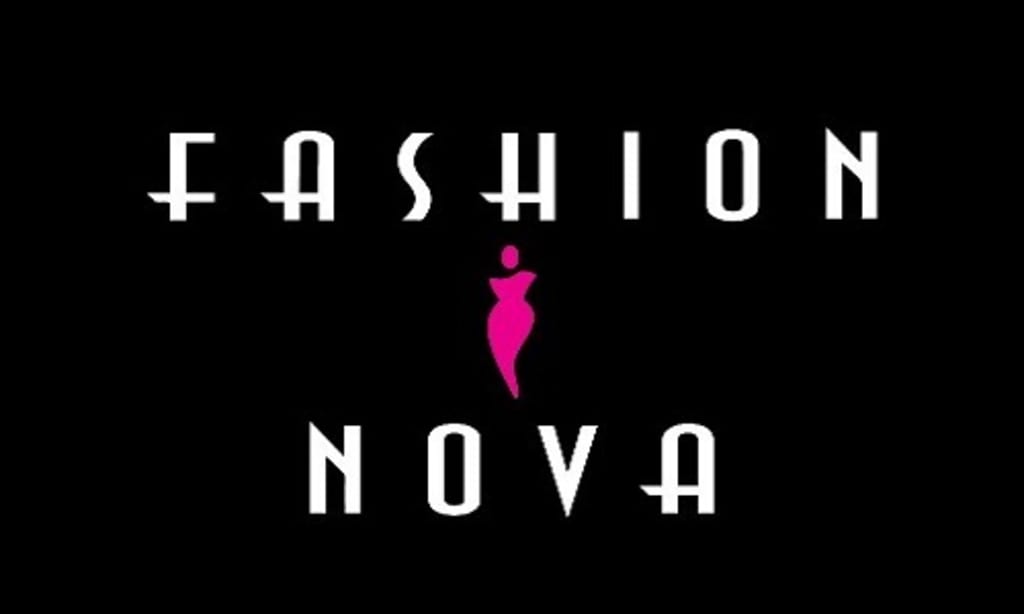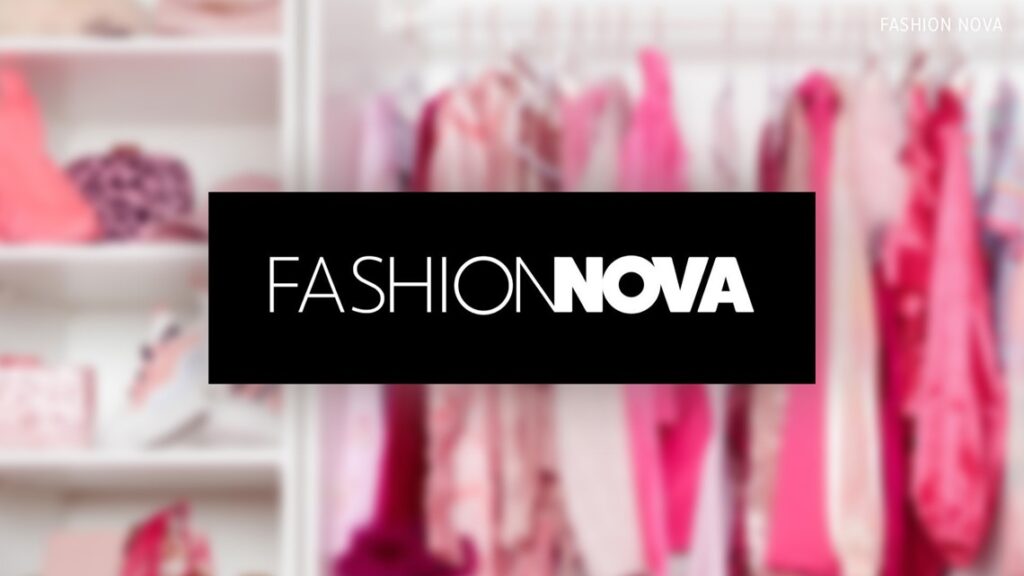Introduction
In the age of Instagram influencers and TikTok trends, few fashion brands have risen as quickly—and as controversially—as Fashion Nova. Founded in 2006 by Richard Saghian, Fashion Nova went from a relatively unknown retail store in Los Angeles to a billion-dollar fast fashion empire. The brand’s rise has been fueled by a brilliant digital marketing strategy, celebrity collaborations, and an unmatched speed in delivering the latest styles to consumers at affordable prices.
However, with great success comes great scrutiny. Critics question its ethical practices, environmental impact, and the long-term consequences of fast fashion. In recent years, Fashion Nova has been urged to evolve—particularly around sustainability and recycling. Can this ultra-fast fashion giant adapt to the growing demand for ethical, eco-friendly business?
Let’s dive deep into the story of Fashion Nova: how it became a fashion powerhouse, the controversies surrounding it, and its place in a future that demands more responsible fashion.
The Rise of Fashion Nova
Origins and Early Growth
Fashion Nova began as a small chain of physical stores in Southern California, focusing on trendy, affordable clubwear for women. Founder Richard Saghian identified a niche: bold, form-fitting clothes for women who wanted to look glamorous without spending luxury prices. But it wasn’t until 2013, when Fashion Nova launched its website, that the brand began to explode.
By utilizing social media—especially Instagram—Fashion Nova grew from a regional brand into a national and eventually global phenomenon. Its appeal was simple: offer the latest celebrity-inspired looks within days of their debut and make them available to the masses.
Social Media Dominance
Fashion Nova changed the marketing game by skipping traditional advertising. Instead, it invested heavily in influencer marketing. The brand partnered with thousands of micro and macro influencers, including celebrities like Cardi B, Kylie Jenner, and Megan Thee Stallion.
By reposting user-generated content and paying influencers to wear their clothes, Fashion Nova built a cult following. Shoppers saw real women wearing stylish outfits, often tagged with “#NovaBabe,” which made the brand feel more accessible and community-driven.
As of today, Fashion Nova’s Instagram boasts over 21 million followers—more than legacy brands like Gucci or Prada.

The Business Model: Speed + Affordability
Fashion Nova’s success lies in its ultra-fast supply chain. While traditional brands may take months to design and release a new collection, Fashion Nova can do it in just a few days. Here’s how:
- Local Manufacturing: A significant portion of its clothes are made in Los Angeles, allowing the brand to cut shipping time.
- Rapid Trend Response: The company monitors social media trends and celebrity styles, then produces copycat looks almost instantly.
- Massive Inventory: Fashion Nova releases 600–1,000 new styles per week, ensuring customers always find something new.
However, this breakneck pace comes with trade-offs, especially in labor practices and environmental sustainability.
Controversies and Criticism
Labor Violations
In 2019, a U.S. Department of Labor investigation revealed that some factories producing clothes for Fashion Nova underpaid workers, with some earning as little as $2.77 an hour. While Fashion Nova claimed it didn’t directly manage these factories, critics argue that it failed to properly audit or regulate its supply chain.
This led to public backlash and raised questions about the human cost of cheap fashion.
Environmental Impact
Fast fashion is one of the most polluting industries in the world. The constant production of new clothes results in:
- Massive textile waste
- High carbon emissions
- Water pollution from dyes and chemicals
- Overconsumption culture
Fashion Nova, with its thousands of weekly styles, is a textbook example of this model. Critics say it encourages throwaway fashion: clothes that are worn a few times, then discarded.

Recycling and Sustainability Efforts
What Is Fashion Nova Doing?
Under pressure from consumers, media, and environmental activists, Fashion Nova has started to take small steps toward sustainability. However, progress has been slow and limited.
- Increased Transparency: The company has released statements pledging to audit its supply chains more rigorously and work only with compliant manufacturers.
- Sustainable Packaging: Some items now come in recyclable packaging.
- Eco-Friendly Materials: Fashion Nova has hinted at introducing lines with sustainable fabrics like organic cotton or recycled polyester, but this remains limited compared to competitors like H&M Conscious or Zara Join Life.
What Could It Do Better?
Fashion Nova has the potential to become a leader in ethical fast fashion—but it needs to make serious structural changes:
- Introduce clothing recycling programs that allow customers to return worn items for reuse or resale.
- Develop a secondhand or resale platform.
- Reduce production volumes and invest in slow fashion principles, focusing on quality over quantity.
- Provide clear sustainability reports and targets (e.g., CO2 reduction goals).
At present, these ideas remain mostly on wishlists from critics and sustainability experts.
Consumer Responsibility: The Other Side
While Fashion Nova receives criticism, it’s worth asking: why do millions continue to buy from them?
- Affordability: Not everyone can afford $100+ outfits. Fashion Nova provides access to style at a low cost.
- Body Inclusivity: Unlike many brands, Fashion Nova caters to all body types, offering plus-size, petite, and curvy fits.
- Fast Gratification: In a culture driven by quick dopamine hits—likes, comments, trends—fast fashion delivers instant satisfaction.
This highlights a deeper issue: sustainable fashion also needs to be affordable and inclusive. Otherwise, consumers—especially from low-income backgrounds—may feel excluded.
Alternatives to Fashion Nova
For shoppers who love Fashion Nova’s styles but want something more sustainable, here are some alternatives:
- ThredUp & Poshmark: Secondhand platforms where you can buy stylish items at low prices.
- Reformation: Trendy, Instagram-worthy fashion made from eco-friendly fabrics.
- PrettyLittleThing (PLT) Renew: A resale app from another fast fashion giant.
- Rent the Runway: For those who want new looks without buying them.
- Slow fashion brands: Like Pact, Everlane, or Christy Dawn, which focus on ethical production.

The Future of Fashion Nova
Fashion Nova has proven it can respond quickly to trends, but can it respond to change?
In a world increasingly focused on climate change, ethics, and conscious consumption, brands must adapt or be left behind. Fashion Nova has the marketing clout and consumer loyalty to pivot—if it chooses to.
The real test will be whether it shifts from quantity to quality, from silence to transparency, and from influence to responsibility.
Conclusion
Fashion Nova’s story is one of bold innovation, rapid growth, and undeniable influence. It has redefined how fashion is marketed and consumed in the digital era. But with that power comes responsibility.
As calls for sustainability grow louder, the world watches to see whether this ultra-fast fashion leader will evolve—or stay stuck in a model that no longer suits the future. Whether you’re a #NovaBabe or a sustainability advocate, one thing is clear: the fashion industry is changing, and everyone—consumers, brands, and influencers—has a role to play.







